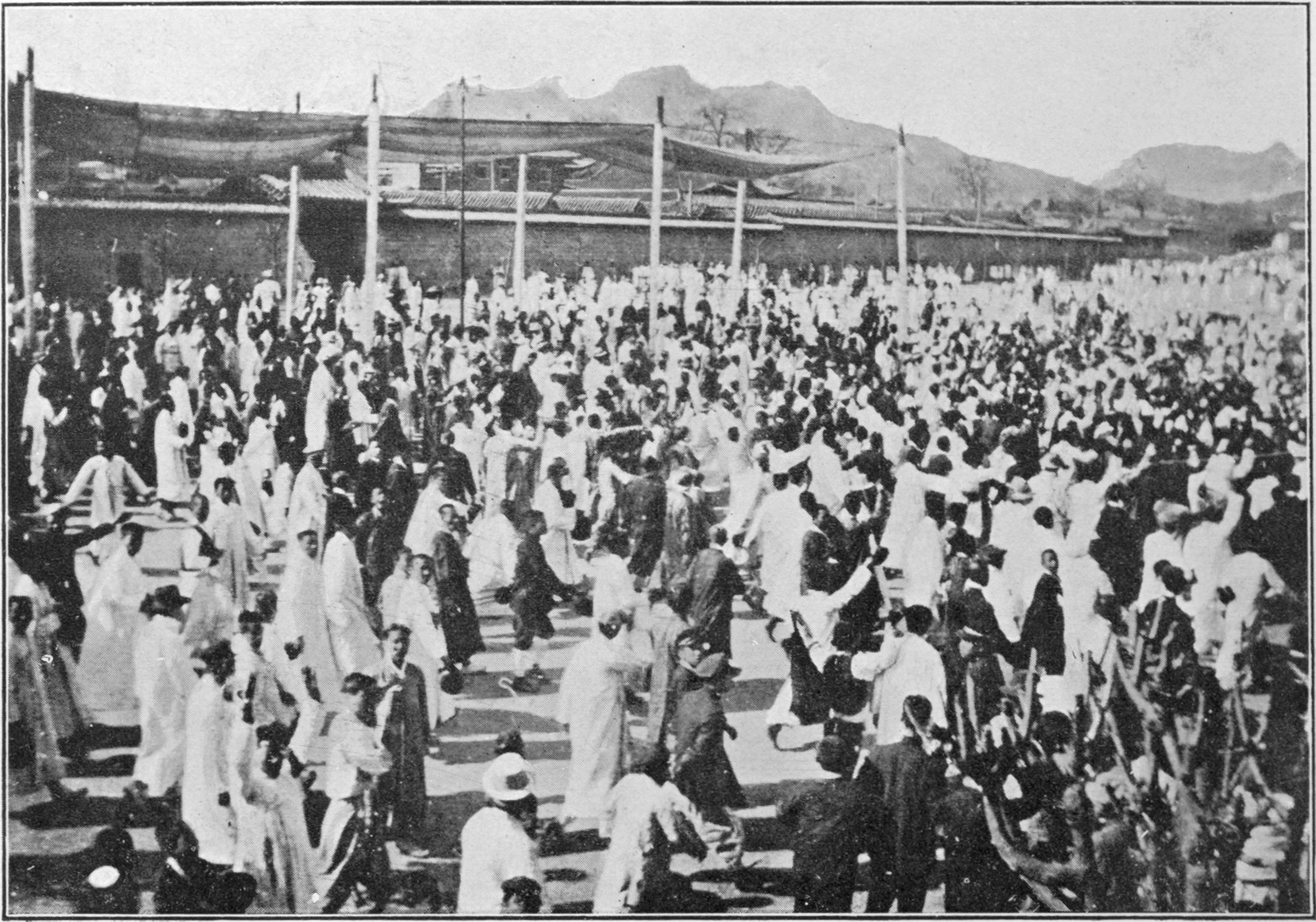Korea-U.S. Free Trade Agreement
By Charles Murray
Arguably the most talked-about issue du jour in South Korea is The KORUS Agreement, or The U.S.-Korea Free Trade Agreement. Opinions vary widely on the subject, and indeed it is a highly polarizing issue for both countries.
This agreement, interestingly, is not new for either country, as it was first ratified in 2007 by South Korean President Roh Moo-hyun, and then re-negotiated with Washington in November 2011. In that month and year, the liberal opposition lawmakers in Korea were blindsided by the Grand National Party when they were forced into a “surprise” floor vote, catching them off guard. So chaotic did it become that Representative Kim Sun-dong, a Democratic Labor Party lawmaker, shocked Korea by pulling the pin on a tear-gas canister and hurling it at Vice Speaker Chung Ui-hwa in front of the Assembly speaker’s podium, an event that was replayed on Korean news channels literally hundreds of times.
Police had been deployed to block lawmakers’ aides from entering the main building of the legislature to prevent melees or other aggression. Journalists were also halted and kept away from the main chamber’s observation deck.
Many Koreans have held anti-FTA rallies across Korea, and have demanded the FTA be invalidated; some have said that President Lee Myung-bak should resign immediately.
Kim Min-yeong, the deputy secretary-general of The People’s Solidarity for Participatory Democracy, called late President Roh Moo-hyun’s government’s push for the agreement a coup d’etat, not an act of governance.
U.S. President Barack Obama spoke with President Lee Myung-bak via telephone on March 14, 2012, the day before the new revisions took effect, and Obama thanked the Korean president for Korea’s close cooperation in implementing the agreement, noting how it was a strong example of the accomplishments achieved in the U.S.-Korea partnership.
So after the pandemonium has faded, what will the FTA mean to each country?
The new version of the KORUS FTA took effect on March 15, 2012, and as of this date, almost 80 percent of U.S. industrial goods exports to Korea are duty-free. Included in this list are: aerospace equipment, agricultural equipment, auto parts, building products, chemicals, consumer goods, electrical equipment, environmental goods, travel goods, paper products, scientific equipment, as well as various shipping and transportation equipment.
Other projected benefits for South Korea will be the creation of 70,000 jobs for its people, and the fact that two-thirds of U.S. agricultural exports will be duty-free. These exports include: wheat, corn, soybeans, whey for feed use, hides and skins, cotton, cherries, pistachios, almonds, orange juice, grape juice, and wine.
The largest projected increase in U.S. imports will be in dairy products, other meat products (primarily pork and poultry), apparel, footwear, leather goods, and bovine meat products. By value, the sharpest rise in American exports to Korea will be in various machinery and equipment, rubber, plastic products, chemicals, bovine meat products, and other food products.
South Korea will also create greater protection and enforcements of its intellectual property rights. The total package is estimated to increase profits for Korea by between 6.4 and 6.9 billion USD, a hefty revenue surge, indeed.
According to the U.S. International Trade Commission, the reduction of Korean tariffs and tariff-rate quotas on goods would add an estimated 10 to12 billion USD to the annual U.S. GDP. The agreement is expected to create tens of thousands of jobs in America.
Other than complaints from both countries that small businesses could suffer from the greater abundance of foreign goods in their respective countries, it seems to me that the opposition to the FTA has not made a clear or logical argument against it.
In this writer’s estimation, the FTA is a positive thing for both countries, since both stand to profit financially, not to mention socially and culturally. In America, most people do not buy “purely” American goods and foods, but rather make purchases from a mix of sources. The U.S. would not be so diverse if everyone just ate hamburgers and hot dogs, and just bought American-brand cars and clothing. With globalization comes change, and as they say, “variety is the spice of life.”
The views in this article are those of the writer.






